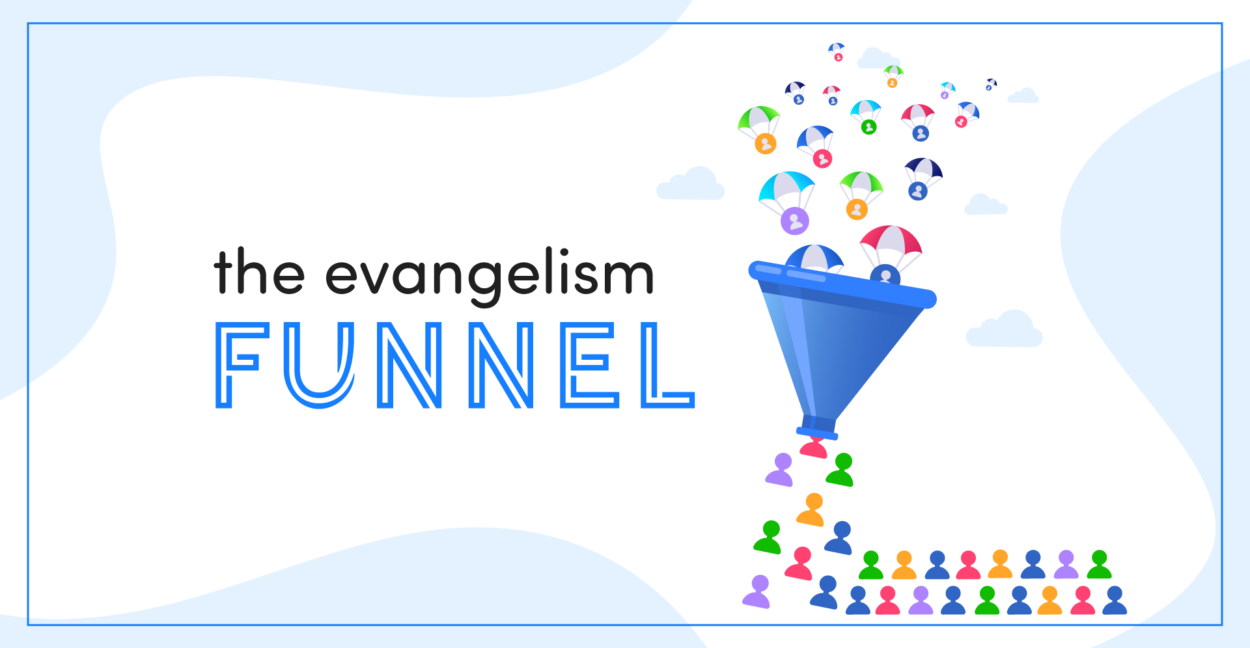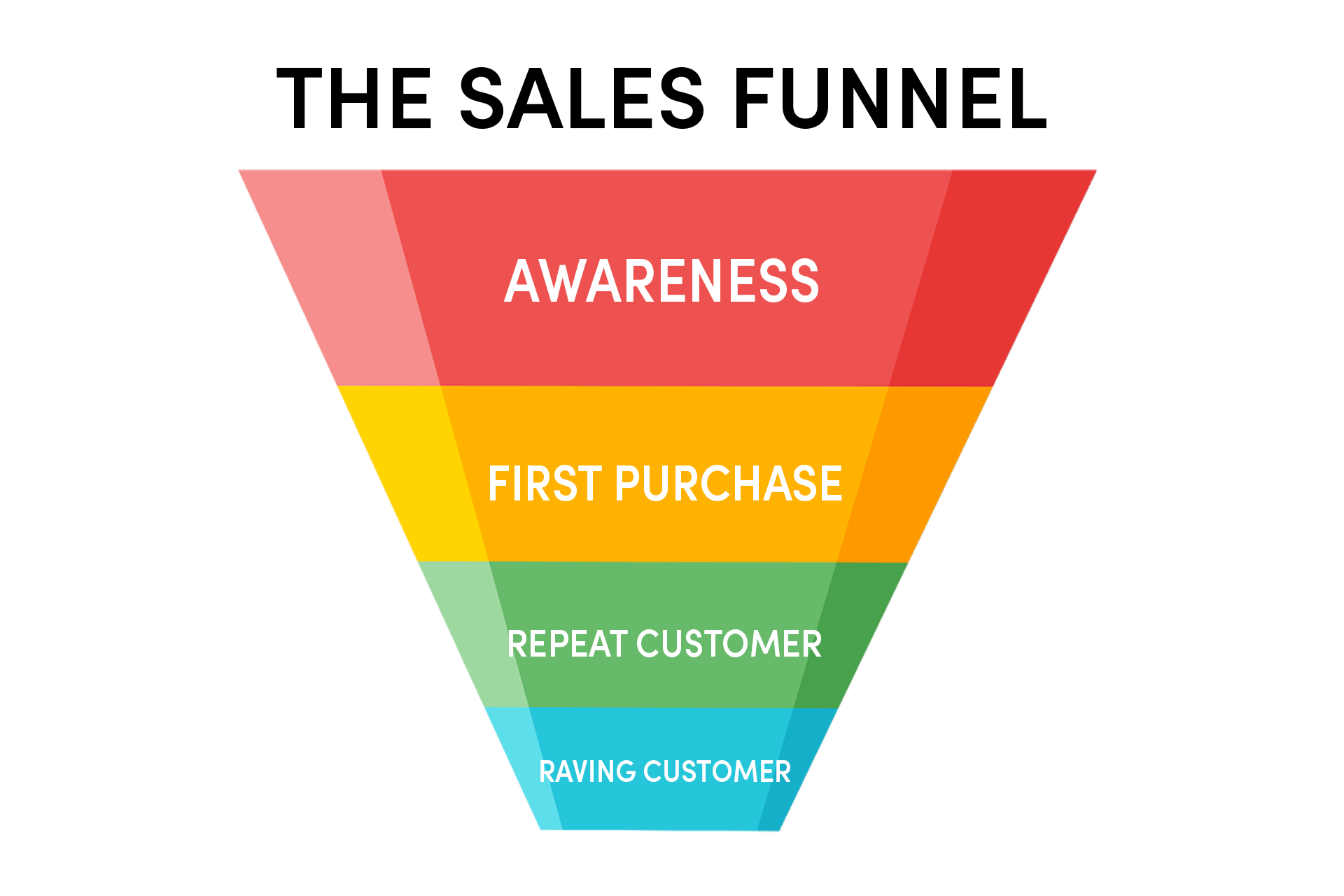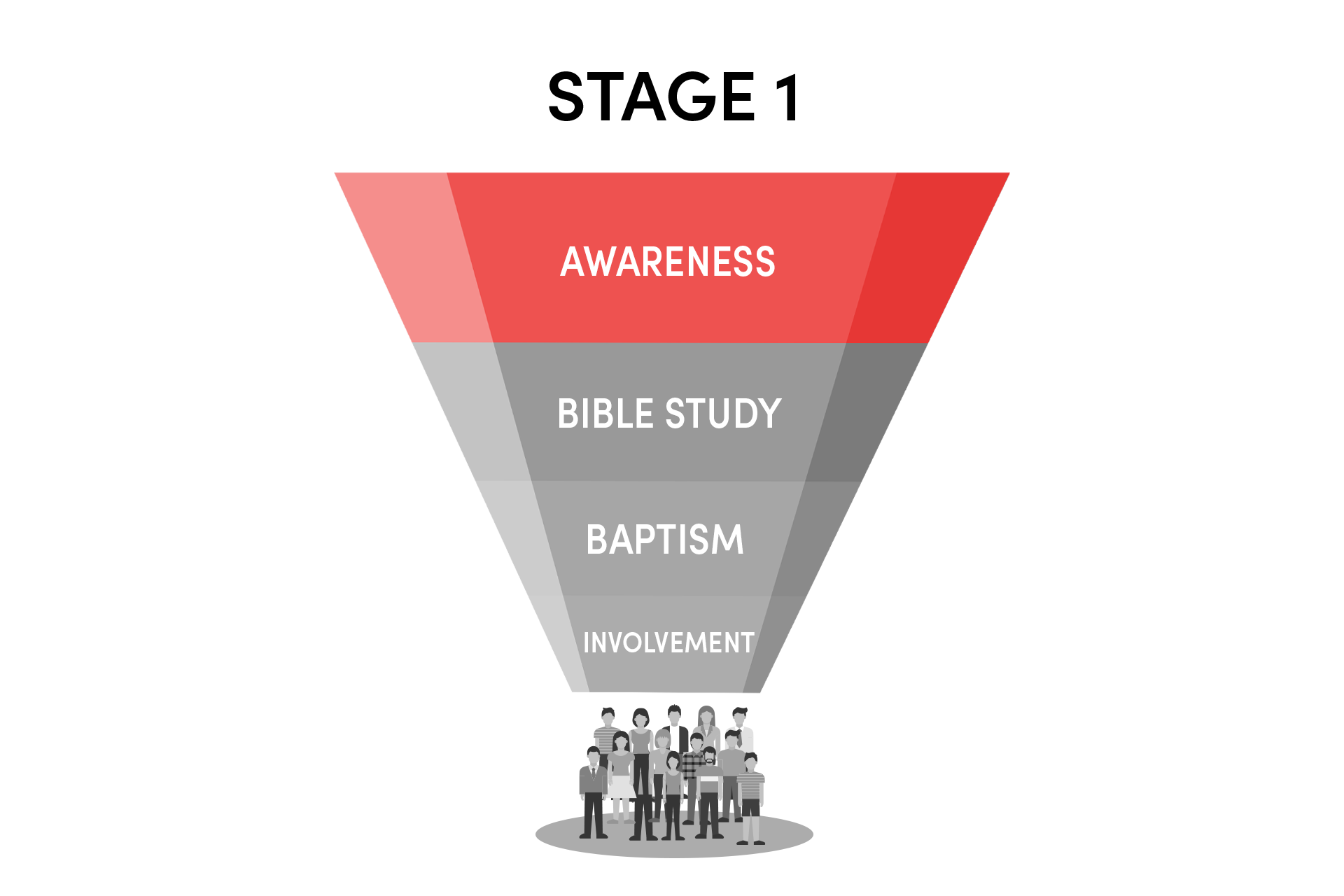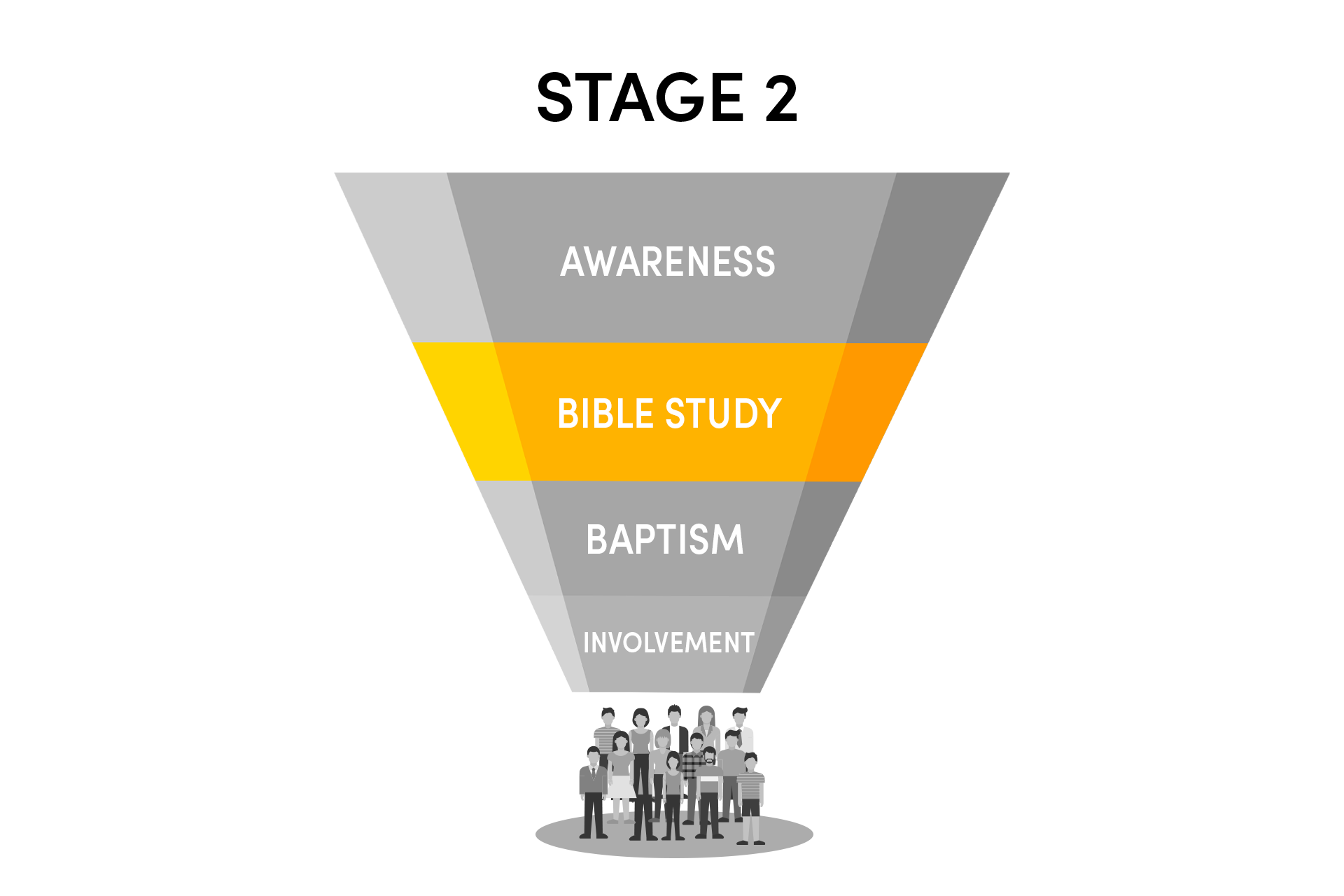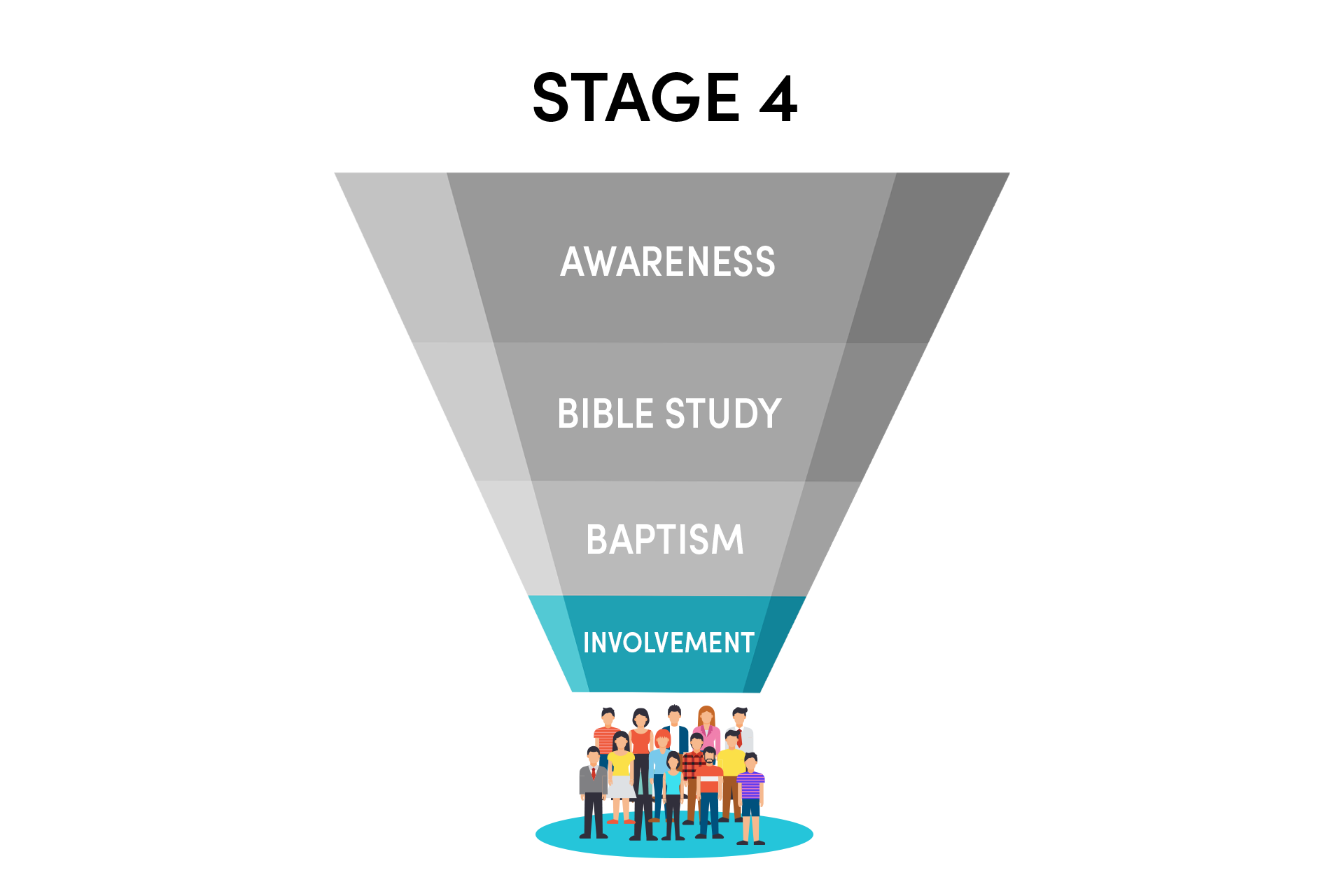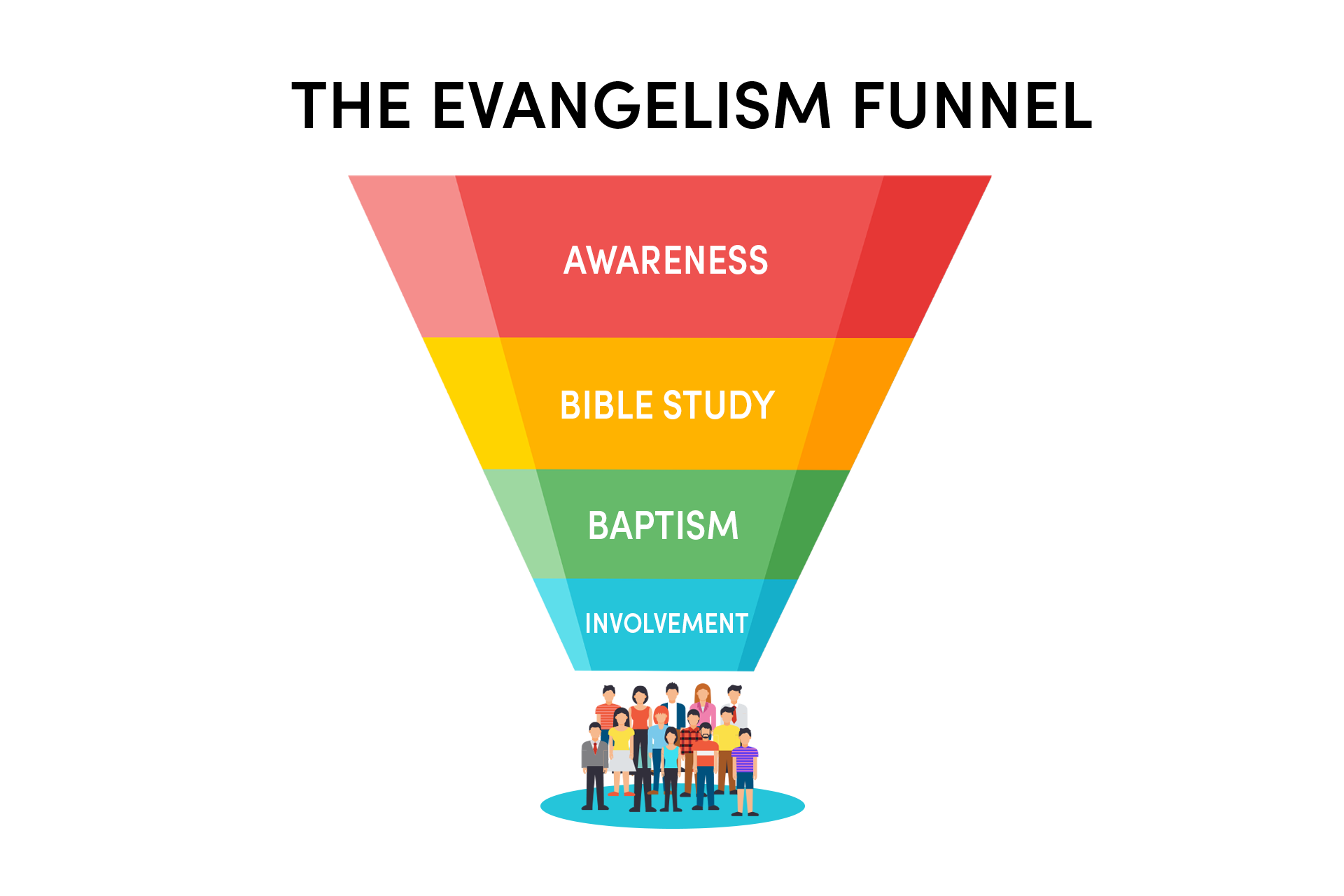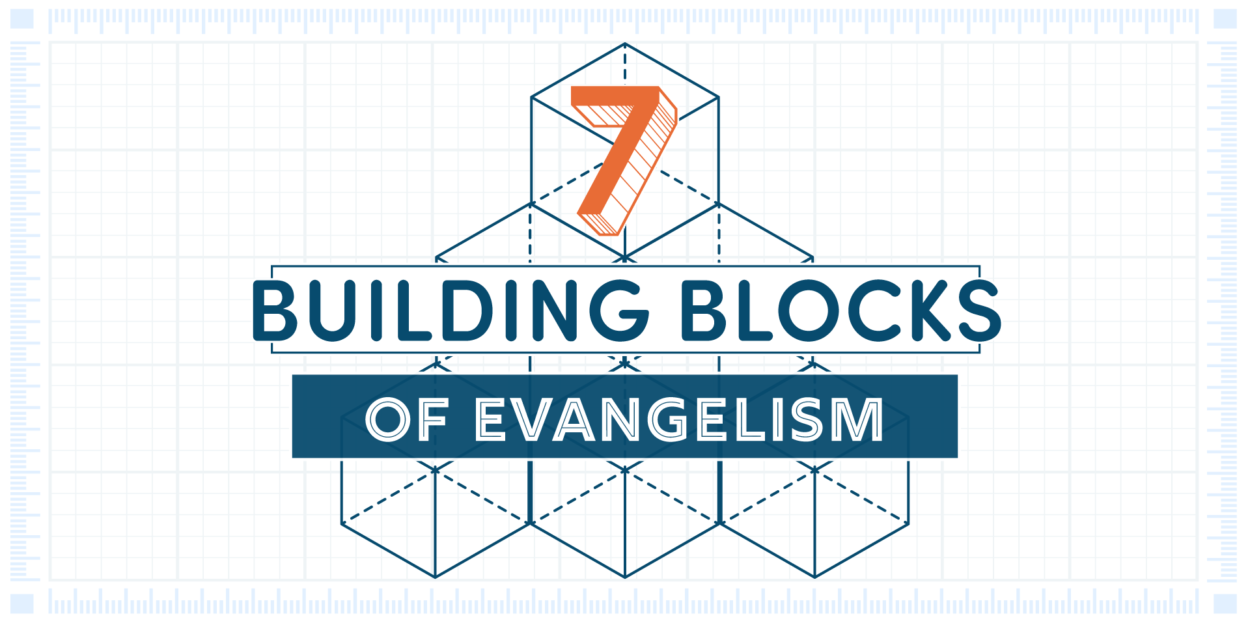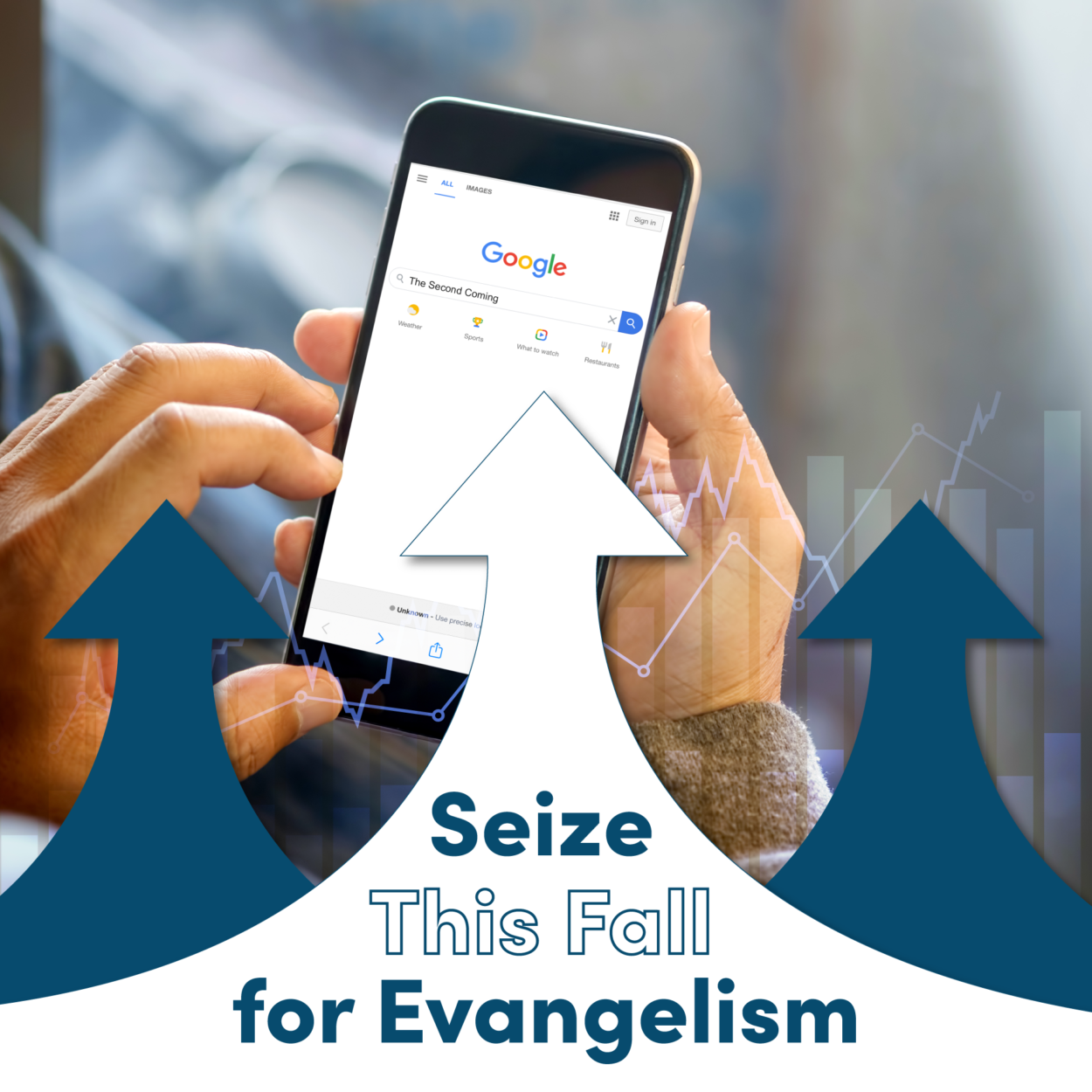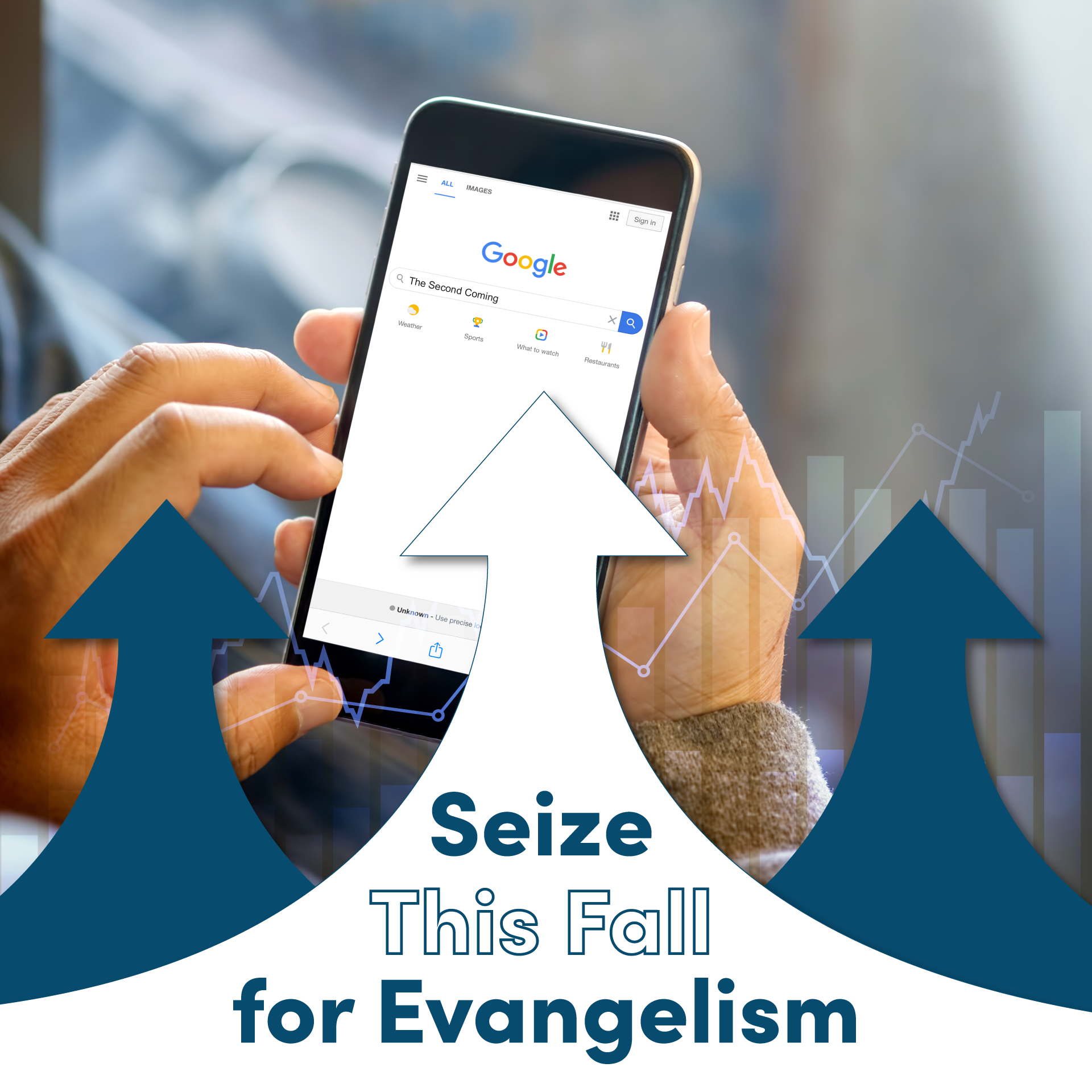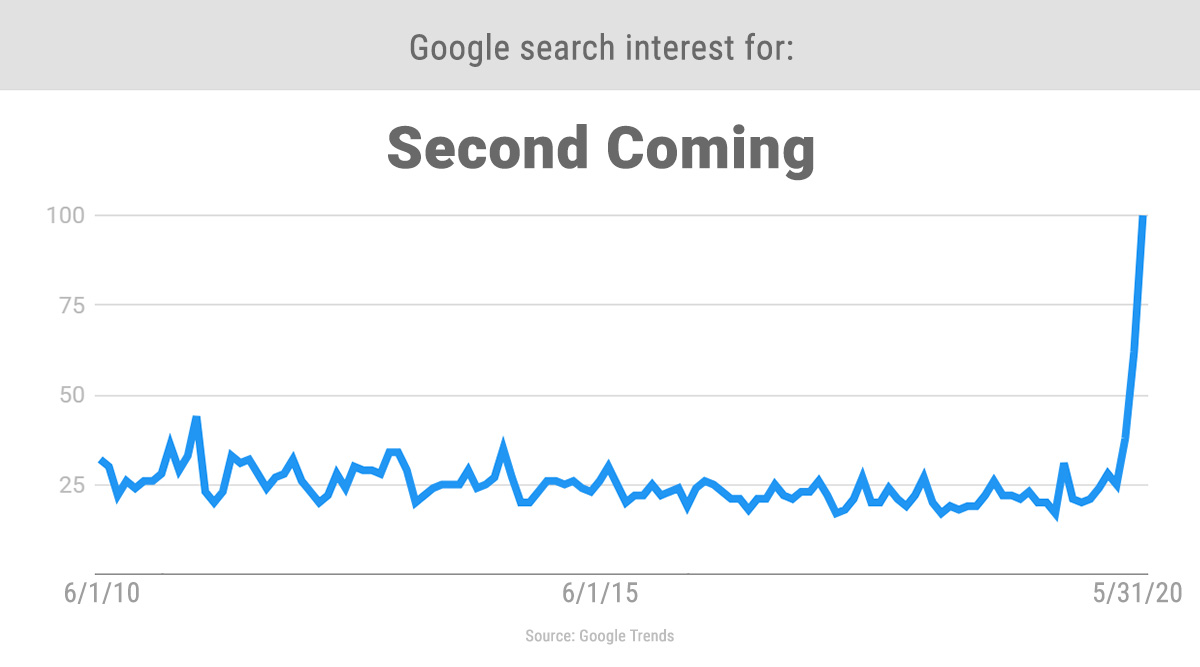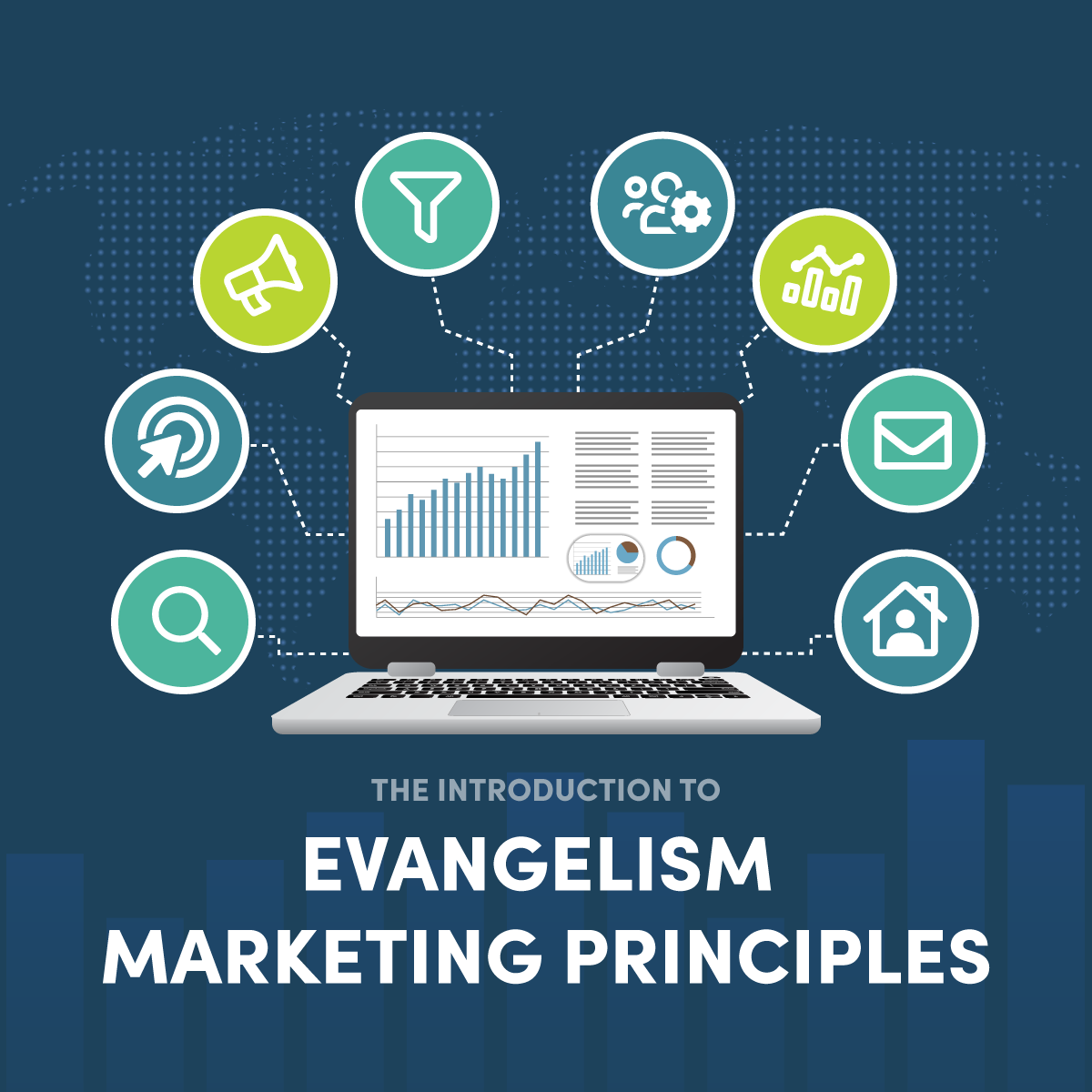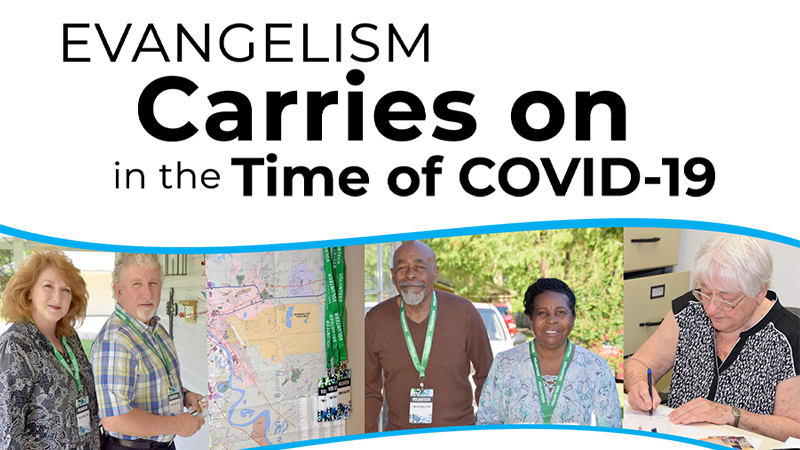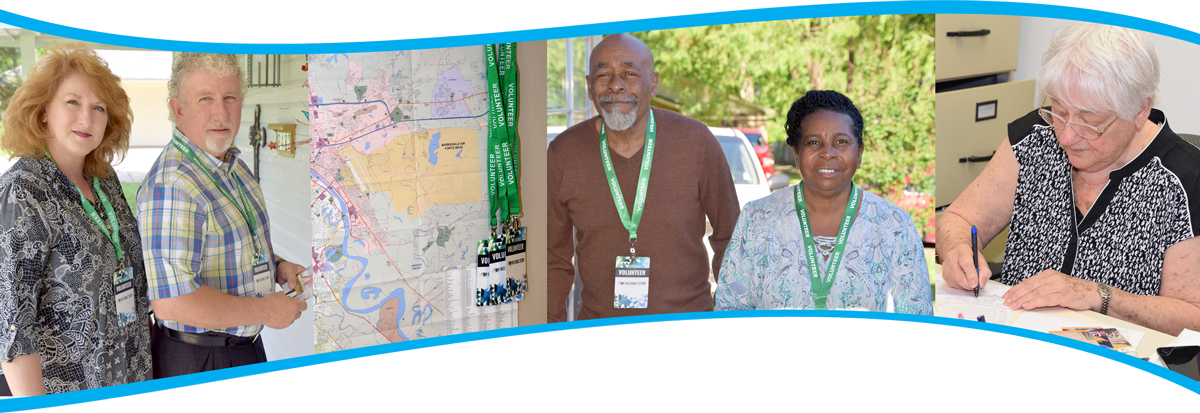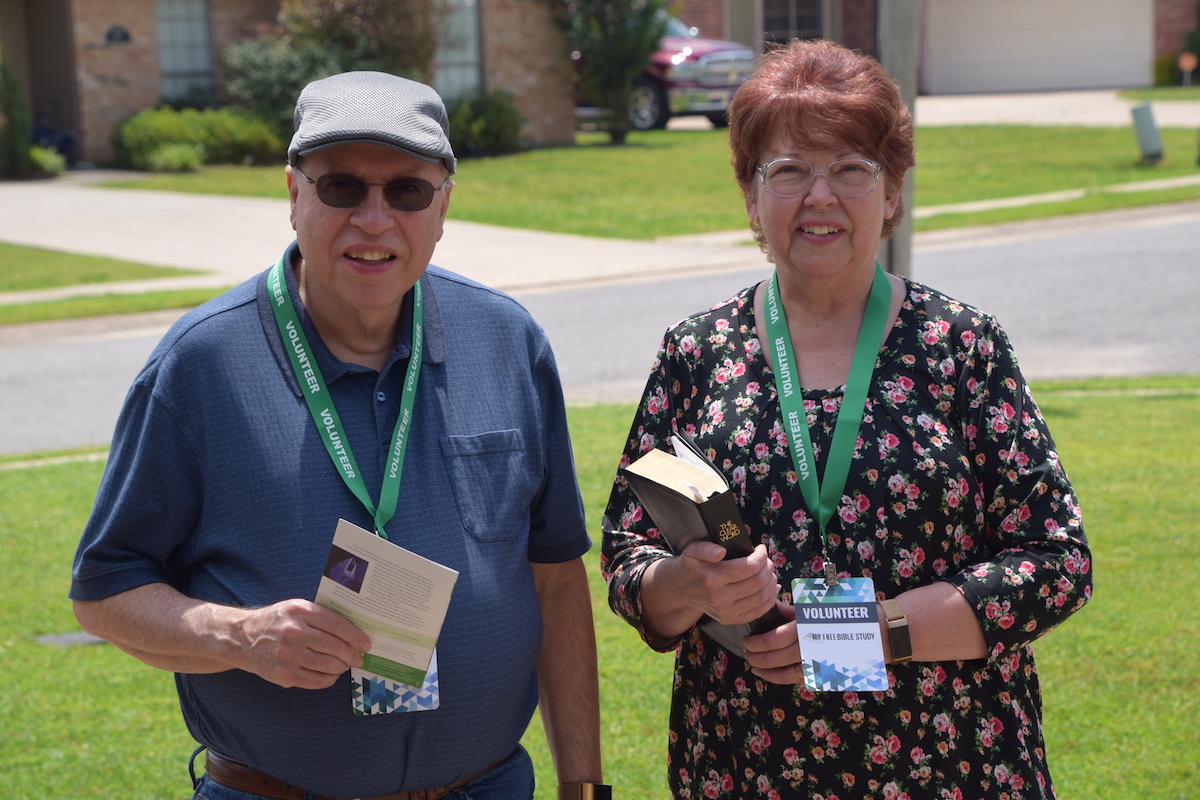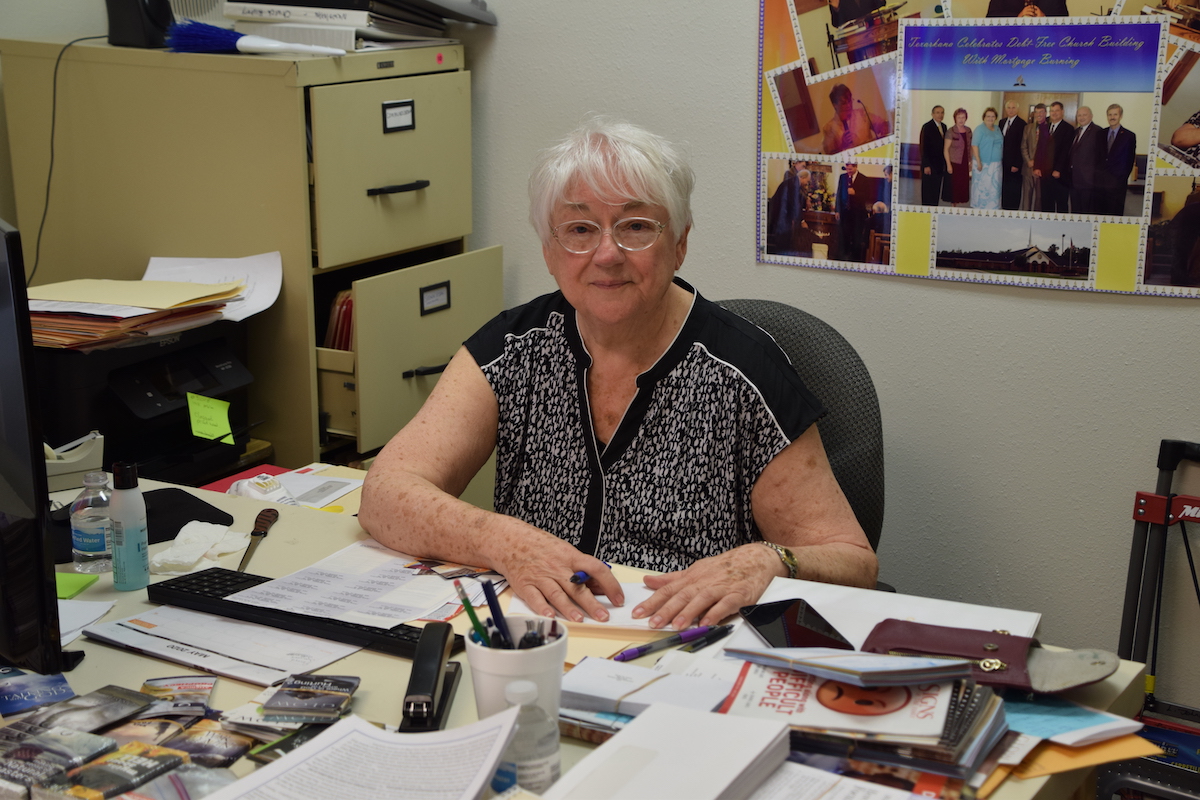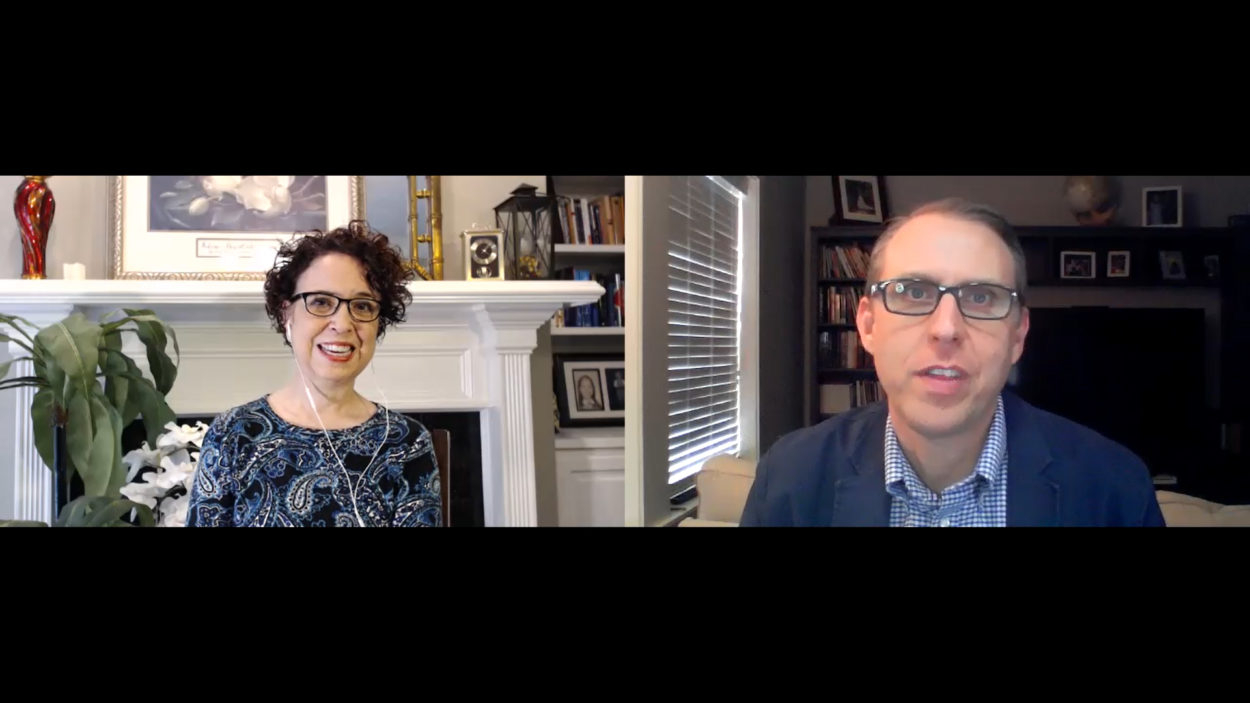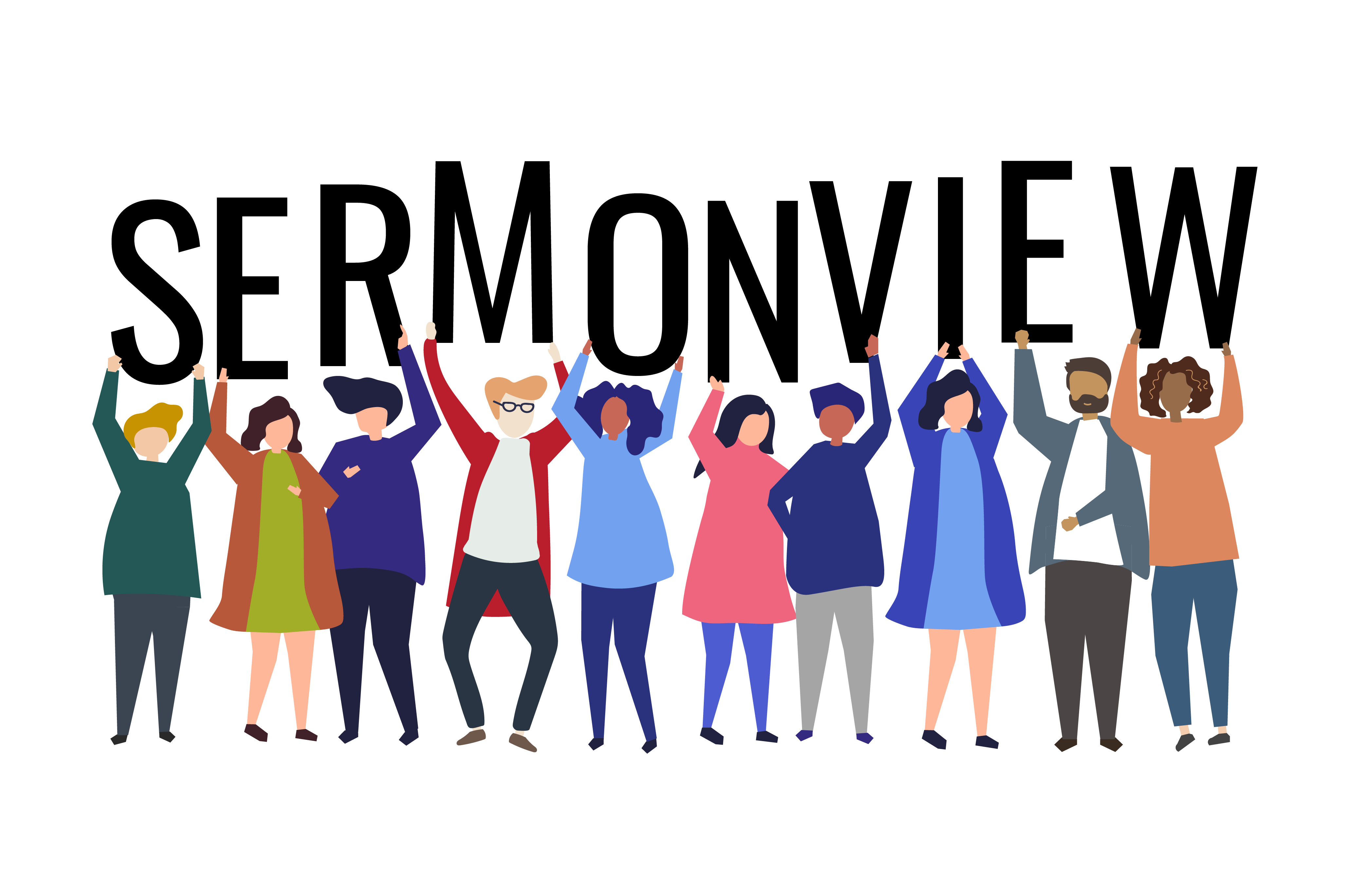In the last article in this series on marketing principles, I discussed the Sales Funnel, which is a tool for breaking down a big, high-friction decision into smaller, low-friction steps. We then applied these principles to show an Evangelism Funnel. But how do we get people into the funnel in the first place? How do we find interests?
Seventh-day Adventists have typically invited people to engage with us in two specific ways. One is through events, like a prophecy seminar, cooking school, or some other meeting. The other is through Bible study offers, like Bible school enrollment cards, or a counter display offering Bible study guides.
Both of these methods require marketing campaigns to be effective.
In this article, I’m going to share what makes an effective evangelism marketing campaign. We’ll start by talking about the components of a marketing campaign: the Offer, the Audience, and the Creative. Spoiler alert: of these three, by far the most important component that impacts the campaign’s overall effectiveness is the Offer.
To Beast, or Not to Beast?
When it comes to the creative for evangelism marketing, we are frequently asked whether putting biblical beasts on the cover of a mailer is effective. But we believe that is the wrong question. Will prophetic beasts help to communicate the offer to the intended audience? If so, use them. If not, don’t.
For evangelistic meetings, you in fact have two audiences: pre-Adventists in your community, whom you are trying to reach; and your members, whom you want to participate in the meetings to build relationships with your guests.
Unfortunately, many members have an extremely negative reaction to beast images. You want to equip them with a tool to invite friends and neighbors, and if they hate the cover they won’t use it. So there is indeed an argument to be made against using beasts.
However, the primary audience is not members, but people in your community on whom God’s Spirit is moving, preparing them for this message. The data show that when you are offering a prophecy seminar, these people respond very positively to prophetic imagery.
So if your members can get beyond themselves and see the need in the community, you’ll have more success with creative that speaks directly to the pre-Adventists around you.
Components of a Marketing Campaign
Here are the three components of any marketing campaign:
The Offer. This is whatever it is you are offering, such as a Bible prophecy seminar, or a set of Bible study guides, or a book or DVD. There are two characteristics of an effective offer: First, it meets a need that people actually feel—a “felt need.” Second, it is a single, simple offer that clearly meets the need you’re trying to meet, from the perspective of those you are trying to reach.
The Audience. This is who you are trying to reach with your offer. Obviously, you want to communicate your offer to people who actually feel that need. Jiffy Lube doesn’t advertise inside buses, because they sell a service for people who own cars. A diaper company sends coupons to parents of newborns. A chiropractor sends postcards to people who have been in automobile accidents. Your audience is the list you use for a mailing, or the custom audience for Facebook advertising, or the commuters driving past your church who see your banner.
The Creative. The creative is the language, graphics and layout you use to communicate your offer to your audience. It’s the carefully crafted headline, with a sentence or two describing the offer. It’s the stock photo or artwork that speaks to the felt need. When people think of advertising, they are usually thinking about the creative.
Contribution to Effectiveness
Now, these three elements do not contribute equally to the effectiveness of your marketing campaign. We have studied this extensively here at SermonView, and here is what we have seen for evangelism marketing, looking at data across thousands of campaigns over the last five years:
-
- Offer: 60%
- Audience: 30%
- Creative: 10%
Sixty percent of the effectiveness of an evangelism marketing campaign can be attributed to the offer. Thirty percent of the effectiveness comes from getting that offer to the right audience, while only ten percent comes from the creative.
The bottom line: great creative cannot fix a bad offer. Great creative can power responses to a great offer, and bad creative might break a good offer. But great creative can’t save a bad offer.
So the most important thing you can do to improve your marketing is to improve your offer. Focus on the offer. Gain a deep understanding of your community, then offer something that meets a need widely felt by people in your community.
Effective Offers
So in the context of Adventist evangelism, what are the most effective offers? We have seen three categories of offers that work well:
Life skills. Seminars on life skills like personal finance, parenting and marriage will speak to needs people feel. So will health topics, like smoking cessation, diabetes management and weight loss. These are great topics that will bring people through you doors during a bridge event—a short series of meetings intended to build relationships and serve the community, but don’t thoroughly teach Bible doctrine.
History channel. This category includes topics related to archaeology, creation science, and church history. Bridge events like the Voice of Prophecy’s Shadow Empire and Final Empire would fall in this category. Again, these can be great topics for bridge events.
Bible prophecy. This has potential as a bridge event, too, but it is more frequently used as the anchor for a full-message reaping series. Several years ago I wrote an article on why Bible prophecy still works for evangelism, and it’s even more true today. Here are three specific reasons:
1. Interest. People are curious about Bible prophecy.
2. Knowledge. People need help understanding Bible prophecy.
3. Hope. People need assurance about the future that can only come through understanding Bible prophecy.
Several years ago, my friend Cecille became a baptized member of the Seventh-day Adventist Church directly through a prophecy seminar. Here what she told me about that experience:
“I’ve always gone to church since I was young, and in all my life, I’d never heard the Book of Revelation explained. This seminar answered all my questions, plus more questions I didn’t even know I had. I have hope now, because I know the end of the story.”
Cecille mentions all three reasons: interest, knowledge, and hope. This is why Bible prophecy can be such a powerful offer.
In our experience, no offer is more effective in motivating people in your community to come to meetings at your church than Bible prophecy.
So if you want more people at your evangelistic event, by far the most important thing you should do is focus on the offer. Speak to a need that people in your community actually feel, and offer a single, simple answer that clearly meets the need you’re trying to meet.
Next week in this series, we’ll explore the forces that push back against an interest taken a step forward in the funnel. Collectively, we call these forces “friction.”
Do Something!
The SermonView crew is ready to help you hone your offer. Our campaign managers are experienced at working with churches to refine your offer, then helping you reach the right audience with strong creative.
Interest in Bible prophecy may be the highest it's been in a generation. The Bible has answers to questions people have right now. Now is the time to share Bible truth with people in your community.



